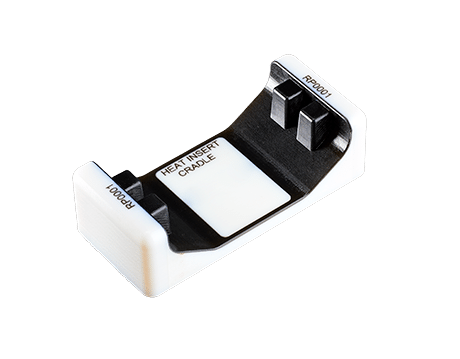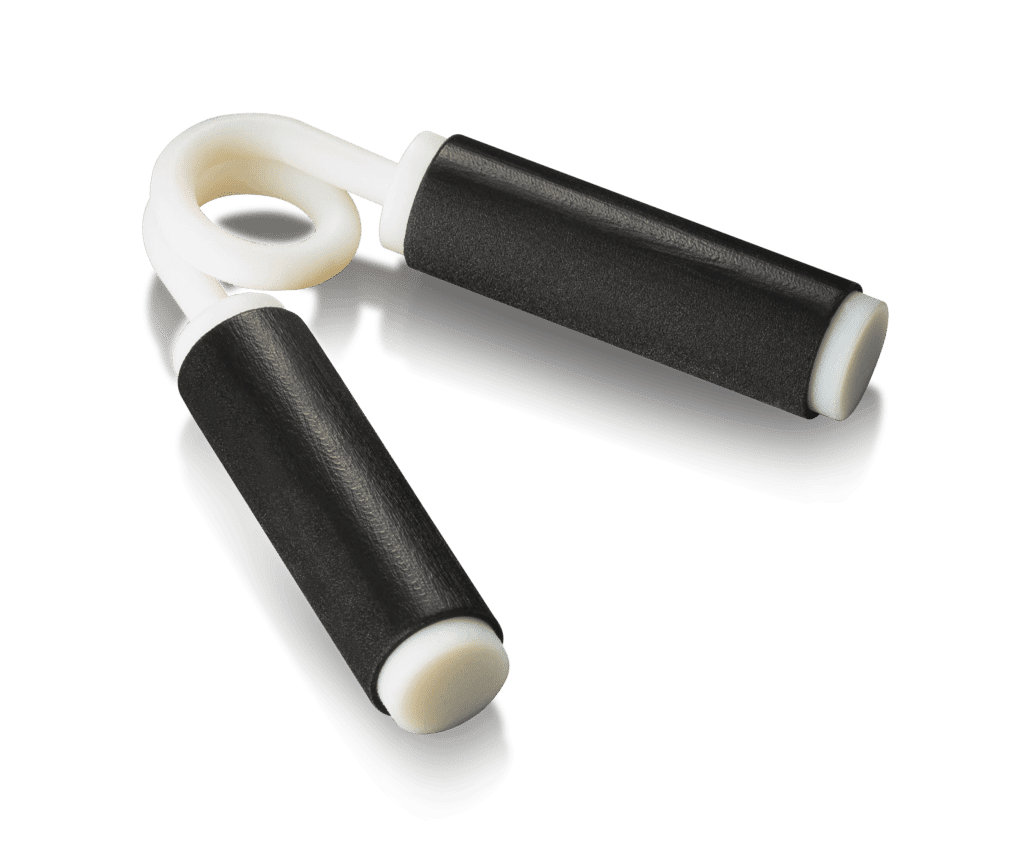Overview
With the help of Polyjet 3D printing technology, we now have the capability to jet two or more materials simultaneously for prototypes with ready-printed overmolded parts. Overmolding is a molding process where two or more materials are combined and fused together in a single part. The resulting product is a soft touch, non-slip surface that is commonly used on power tools, toothbrushes, razors, consumer electronics, medical devices and more.


Process
Insert molding is a two-step process. First, the rigid substrate is molded and placed in a mold cavity on another injection molding machine where TPE is shot directly over the substrate. In contrast, multi–shot molding is performed on an injection molding press that shoots multiple materials in a single operation. This allows the TPE to be overmolded immediately following the molding of the substrate. The choice of methods is based on a number of factors including production volumes, tooling costs and part designs.
Application
Prototype Injection Molds
When time and costs are not an issue, the ideal method is to inject mold prototype parts using the selected substrate and TPE materials. This results in the prototype carrying the same qualities as the final product. The problems with this approach are that it is extremely costly, time consuming and inflexible. While cost and delivery depend on complexity and size, typically this prototyping approach costs between $6,000 and $50,000 and takes three to eight weeks to complete.
RTV Molds
This process uses one mold to form the base component and another for the overmolded area. Each mold requires a pattern into which the liquid silicone rubber is poured. The cost for patterns and molds typically ranges from $1,000 to $5,000. The lead time is usually one to three weeks.